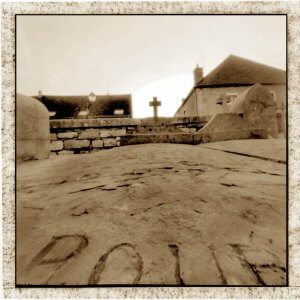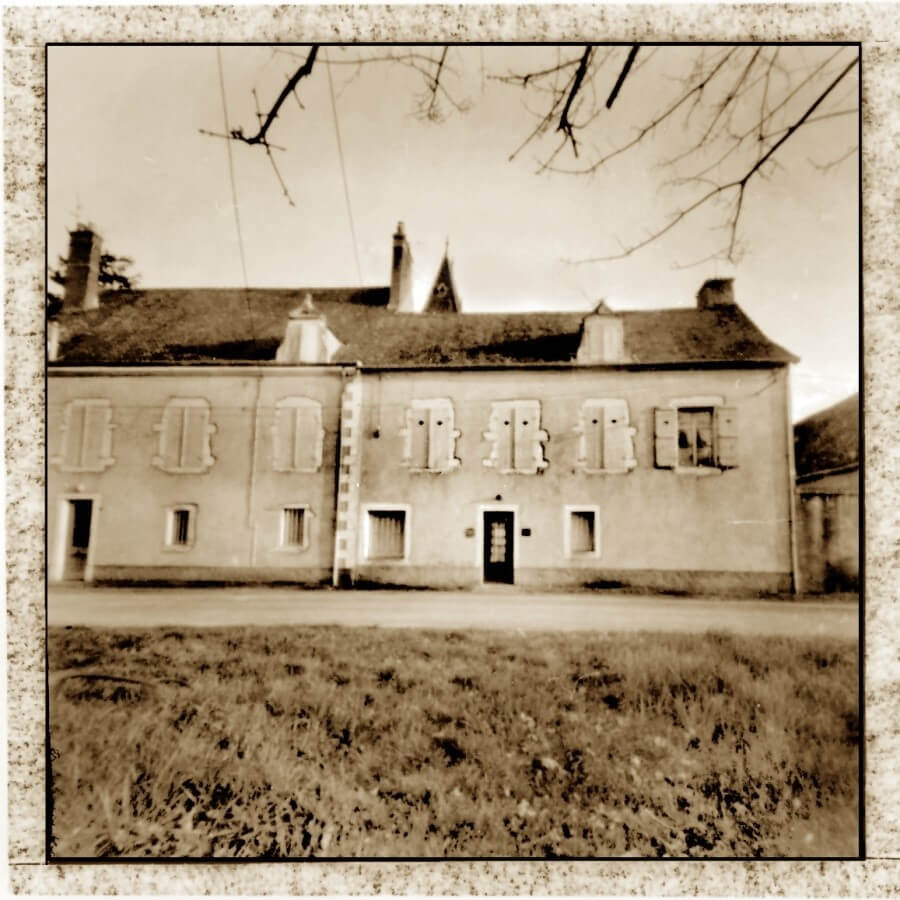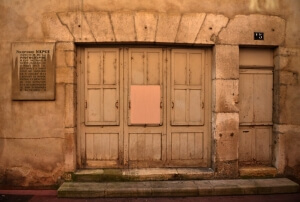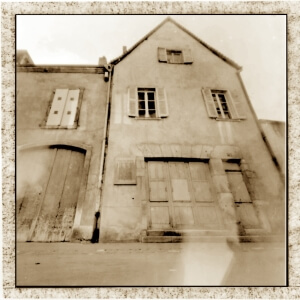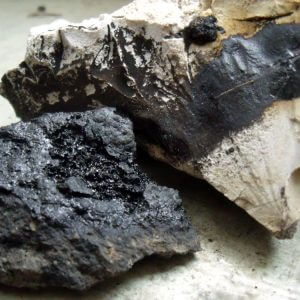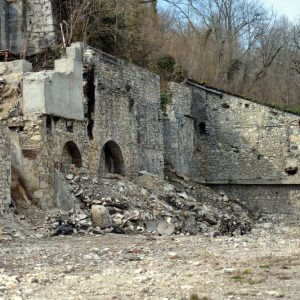No products in the basket.
The 7th Day
Following the footsteps of Joseph Nicéphore Niépce
Joseph Nicéphore Niépce – * 7. March 1765 in Chalon-sur-Saône, Frankreich; † 5. Juli 1833 in Saint-Loup-de-Varennes.
Joseph Nicéphore Niépce
Niépce, who had one sister and two brothers, was an officer in the French army from 1789 to 1811. He managed the Nice district from 1795 to 1801, then dedicated himself to mechanical and chemical works with his brother Claude Niépce. From 1815 he focused on the lithography. From 1816 onwards, Niépce began to produce images with a camera obscura.
“the images captured by the camera obscura, with the gradations of the tones from black to white through the effect of light”
from “Notice sur l’ Héliographie, 1829
For further information: http://www.photobibliothek.ch/seite007ac.html
For his first experiments, he positioned paper sheets coated with silver salt on the back of a Camera Obscura. It was known that silver salt (silver chloride) becomes dark when it exposed to light. In May 1816 he produced the first picture of nature: a view from the window. It was a negative and the image was not durable. After opening the camera, the exposure process continued, the image became darker and darker and disappeared completely. Niépce called this technique “retina”. The recording technology from the project “THE 7th DAY” based on this method. Disappointed that there was no way to preserve this first photography, he focused on other photographic techniques.
In March 1817, Niépce concentrated his attention on the guaiac resin. This yellow resin changes to a greenish colour when exposed to daylight. It is also difficult to dissolve in alcohol. In principle, it was possible to produce durable photographs. This characteristic of the resin is only caused by UV light. The glass lenses of his camera obscura filtered this light out and the guaiac resin did not change its color in the camera. Photographs were not possible with his camera obscura, but photocopies are possible with direct sunlight.
Niépce was disappointed and turned to other materials, particularly to the natural asphalt, also known as “Bitume de Judée”. At that time, the thick, black-brown mineral was extracted at the Mine du Parc (France), a mine near Seyssel about 100 kilometres from his residence. Slightly powdered natural asphalt is dissolved in lavender oil and then thinly coated on a metal plate (copper, tinplate), stone or glass. After drying on a hot iron plate, the coated material can be exposed to light. The exposure time for a photocopie with sunlight is several hours. The exposure in a Camera Obscura takes several days. Depending on the intensity of light, the asphalt hardens to different degrees. After the exposure you can wash the softer areas (where less light came in) with a mixture of lavender oil and white oil. In his “Notice sur l’ Héliographie” he describes his technique in detail.
Przemek Zajfert and Martin Hein (all colour photos in this article were taken by him), March 2015.
